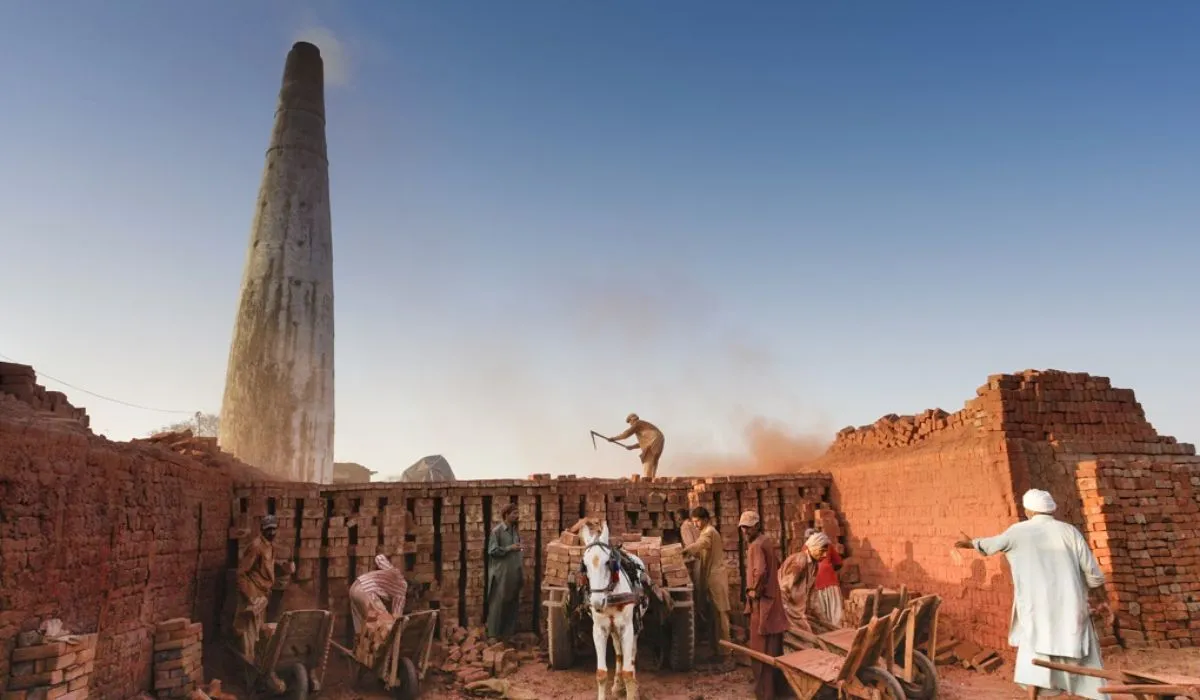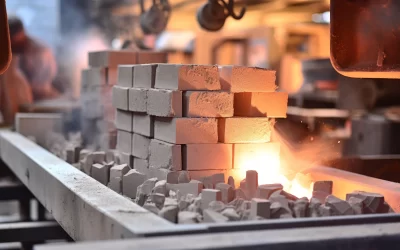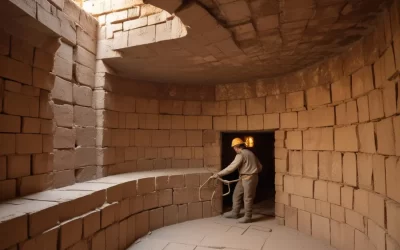Refractory materials, often overlooked in the broader narrative of industrial history, possess a remarkable legacy that extends far beyond their role as mere components of manufacturing processes. From ancient civilizations to the modern era, the story of refractories is a testament to Human intelligence and innovation.
As a leading refractory material manufacturer in India, Ganeshas Refractory is here to shed light on the significance of these materials throughout history and their seamless transition into the advanced modern industrial revolution. So, without further ado, let’s embark on this extraordinary journey through the milestones and achievements of refractory materials in history.
An Insight into Refractory Materials:
Refractory materials are the unsung heroes of many industrial processes. These materials are generally made up of minerals such as alumina, silica, magnesia, and fireclay. The refractory materials have special qualities that allow them to endure high temperatures, corrosive conditions, and thermal shock, making them indispensable in industries ranging from steelmaking to ceramics manufacturing.
This toughness allows them to line furnaces, kilns, reactors, and other equipment used in processes such as heat treatment, melting, chemical reactions, and so on, resulting in efficient operational performance.
Moreover, refractory materials come in various forms, like bricks, castable, and clay powder to meet the unique needs of each application. If searching for the best refractory castable or fire bricks – Ganeshas, a leading refractory manufacturer and supplier in India got you covered.
What is the History of Refractories?
The history of refractories dates back to ancient civilizations, where early humans discovered the transformative power of fire. Primitive pottery-making techniques, developed over 30,000 years ago, utilized refractory clays to shape and fire clay vessels. The invention of metallurgy further advanced the use of refractories, with ancient civilizations such as the Egyptians, Greeks, and Romans.
Through experimentation and observation, humans discovered that certain clays and minerals, when shaped and fired, could endure high temperatures without melting. This breakthrough was revolutionary, enabling advancements like the smelting of copper and iron, marking the onset of the Bronze and Iron Ages.
As civilizations advanced, so did their utilization of refractory materials. The Greeks and Romans, for instance, refined these materials for various applications, ranging from pottery to construction.
What are the Historical Uses of Refractories?
The historical uses of refractories are diverse and span across various industries and applications. Here are some key historical uses of refractories:
Early Glassmaking: Around 3500 BC, Mesopotamian artisans used fired clay crucibles lined with refractory materials to achieve the high temperatures necessary for melting glass.
Egyptian Faience: The ancient Egyptians used faience non-refractory material, a glazed ceramic composed of silica and a copper compound, to create vibrantly colored sculptures and decorative objects.
Prehistoric Pottery: While not as heat-resistant as modern refractories, early humans used rudimentary fire-resistant clays to create pottery capable of withstanding the heat of cooking fires.
Roman Concrete: The remarkable durability of Roman concrete is partly attributed to the use of volcanic ash, a natural refractory material, which helped the concrete to set and harden underwater.
Viking Soapstone Carving: The Vikings used soapstone, a naturally heat-resistant refractory material or rock, for carving cooking vessels and other implements because of its ability to retain heat evenly.
Moving into the Modern Industrial Revolution:
As we transitioned into the Modern Industrial Revolution, the utilization and development of refractories reached new heights. During this era of unprecedented progress, particularly in the 20th century, industries such as steel and glass manufacturing pushed for higher quality and more durable refractories.
Technological Advancements: The modern industrial revolution has seen a surge in technological development across various industries.
Specialized Applications: With the diversification of industries and the emergence of new manufacturing techniques, refractories have been tailored to meet specialized requirements.
Novel Materials: The creation of sophisticated refractory materials, like carbon composites, silicon carbide, zirconia, and high alumina, has created new avenues for materials to withstand the demanding conditions of advanced industrial processes.
Digitalization and Industry 4.0: With digitalization and Industry 4.0 technologies, refractory industry players are incorporating smart solutions like IoT sensors, data analytics, and predictive maintenance to optimize refractory performance and promptly address potential failures.
Conclusion:
Isn’t it fascinating? Just like you, we’ve been immersed in the world of refractory materials for years, and we’re witnessing a surge in growing demand for them now. At Ganeshas Refractory, we pride ourselves on being at the forefront of the refractory industry worldwide. With a rich history spanning decades, we’ve been consistently delivering robust, quality-approved refractory materials under one roof.
Get in touch with us to discover more interesting facts about the refractory industry and explore how our expertise can benefit your projects. Whether you’re looking for insights, solutions, or simply want to learn more, our team is here to assist you every step of the way.




